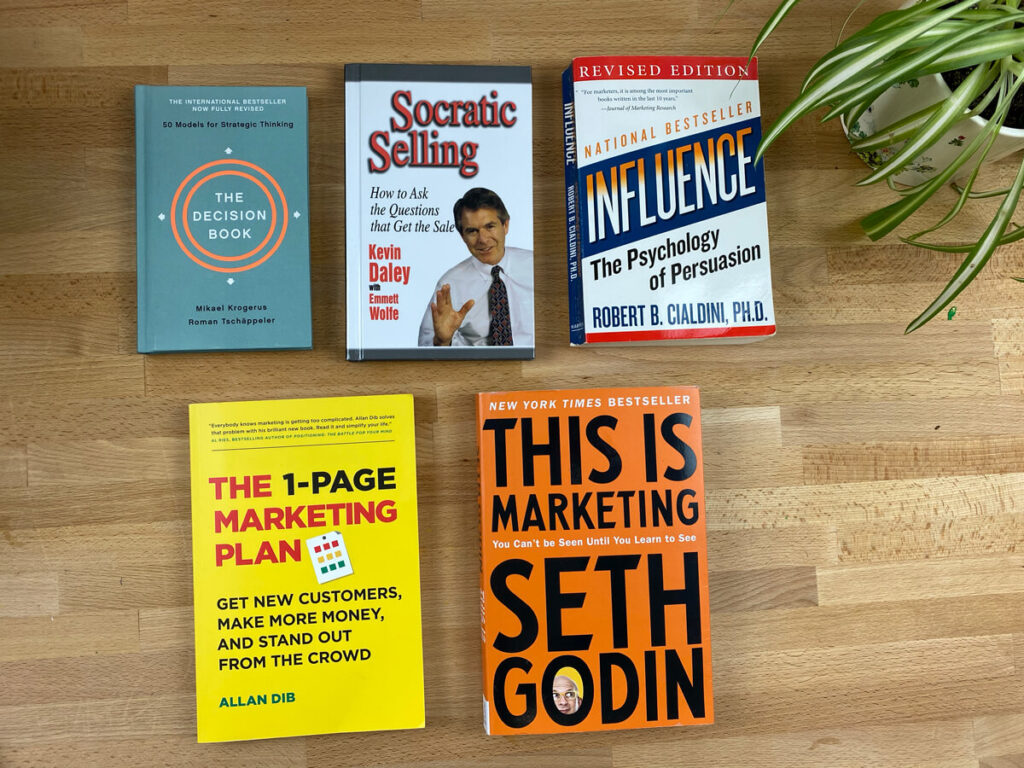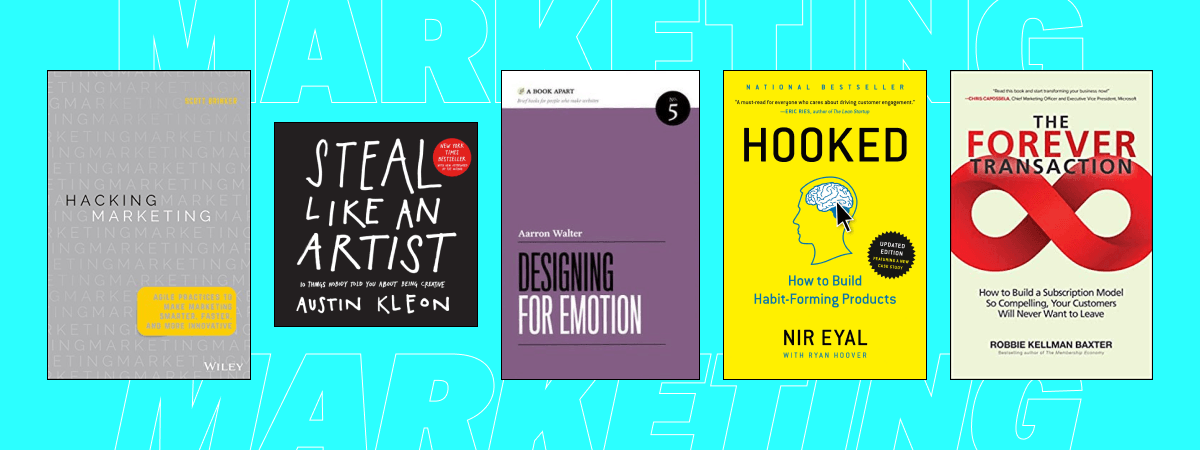
Introduction
In today’s hyper-connected world, digital marketing is no longer a luxury — it’s a necessity. Whether you’re running a startup, launching an online store, or trying to grow a personal brand, understanding the fundamentals of digital marketing is essential for reaching your audience, building trust, and driving conversions.
In this guide, we’ll explore the key areas of digital marketing in 2025, explain how they work, and help you build a strong foundation to grow your presence online.
What is Digital Marketing?
Digital marketing refers to any form of marketing that exists online. This includes strategies and tactics used to promote products or services through digital channels like search engines, websites, social media, email, and paid advertising.
Unlike traditional marketing (TV, radio, print), digital marketing allows businesses to target specific audiences, track performance in real-time, and scale efforts efficiently.

Main Benefits of Digital Marketing:
- Cost-effective: Start small and scale with results.
- Targeted: Reach specific demographics, interests, and behaviors.
- Measurable: Use data to refine your strategy and improve ROI.
- Interactive: Engage directly with your audience.

Core Channels of Digital Marketing
1. Search Engine Optimization (SEO)
SEO is the process of optimizing your website to rank higher on Google and other search engines. Higher visibility means more traffic, leads, and potential customers.
Key elements of SEO:
- On-page SEO: Optimizing content, keywords, and meta tags.
- Off-page SEO: Getting backlinks from other websites.
- Technical SEO: Improving site speed, mobile-friendliness, and crawlability.
2025 SEO Trends:
- AI-generated content must still focus on value and originality.
- Voice search is increasing — optimize for conversational keywords.
- Google emphasizes user experience and E-E-A-T (Experience, Expertise, Authoritativeness, Trustworthiness).
2. Social Media Marketing
With billions of users, social media platforms like Facebook, Instagram, TikTok, LinkedIn, and X (formerly Twitter) are vital for brand visibility and engagement.
Social media tactics:
- Organic posts (regular updates, reels, stories)
- Paid ads (boosted posts, sponsored content)
- Influencer collaborations
2025 Social Media Trends:
- Short-form video remains king (Instagram Reels, TikTok, YouTube Shorts).
- AI tools are used to schedule, analyze, and even create content.
- Authentic, behind-the-scenes content builds more trust than polished ads.
3. Pay-Per-Click Advertising (PPC)
PPC is a model where you pay only when someone clicks your ad. It’s powerful for driving traffic and conversions fast.
Common platforms:
- Google Ads (Search, Display, YouTube)
- Meta Ads (Facebook and Instagram)
- TikTok Ads, LinkedIn Ads, X Ads
Tips for success:
- Use clear CTAs (Call-to-Actions)
- A/B test headlines and images
- Set a daily budget and monitor ROI
2025 Insight:
- AI-powered bidding strategies are now standard.
- Creative variety matters more than ever due to ad fatigue.
- Privacy changes (like cookie restrictions) are shifting focus to first-party data.
4. Email Marketing
Email marketing remains one of the highest ROI channels — when done right. It’s perfect for building long-term customer relationships.
Key components:
- Welcome sequences
- Promotional emails
- Newsletters
- Cart abandonment emails
Tools to use:
- Mailchimp
- Klaviyo
- ActiveCampaign
2025 Trends:
- Hyper-personalization using behavioral data
- AI-written subject lines and dynamic content blocks
- Email + SMS integration is becoming standard
5. Content Marketing
Content is still king — but context is queen. In 2025, the best content is useful, relevant, and personalized.
Common formats:
- Blog posts
- Videos
- Webinars
- Podcasts
- Infographics
Strategy tip:
Create pillar content (long, in-depth guides) and repurpose into multiple bite-sized posts or videos for social media and email.
Chapter 3: Digital Marketing Funnel
To turn strangers into customers, you must understand the marketing funnel:
- Awareness: Make people aware you exist (SEO, social, ads).
- Consideration: Build trust and educate (blogs, reviews, free trials).
- Conversion: Get them to buy (sales page, email offer, retargeting ad).
- Retention: Keep them coming back (loyalty program, email/SMS).
- Advocacy: Turn happy customers into promoters (referrals, UGC).
Map each channel to a stage in the funnel to build an effective, integrated strategy.
Chapter 4: Tools & Platforms You Should Know
Essential digital marketing tools:
| Purpose | Tools |
|---|---|
| SEO Analysis | Ahrefs, SEMrush, Google Search Console |
| Social Media Mgmt | Buffer, Hootsuite, Later, Metricool |
| Email Marketing | Mailchimp, Klaviyo, ConvertKit |
| PPC Ads | Google Ads, Meta Ads Manager |
| Analytics | Google Analytics 4, Hotjar, Matomo |
| Design | Canva, Adobe Express, Figma |
Bonus tip: Learn how to automate workflows using tools like Zapier or Make (Integromat).
Chapter 5: 2025 Digital Marketing Trends to Watch
1. AI Integration
From content generation to customer service, AI is now embedded into every platform. But remember — human creativity still wins.
2. Privacy and Data Protection
Marketers must now comply with stricter laws (GDPR, PDPA, CCPA). First-party data collection (via email opt-ins, surveys) is more important than ever.
3. Voice & Visual Search
Optimize content for voice queries and consider visual search (e.g., Google Lens) as adoption grows.
4. Micro-Influencers
Rather than mega-stars, brands are partnering with smaller influencers with tight, trusted communities.
5. Cross-Channel Campaigns
In 2025, single-platform campaigns are not enough. Businesses must orchestrate multi-touch experiences across search, email, social, and web.
Chapter 6: How to Get Started
Step 1: Define your audience
Who are they? Where do they spend time online? What problems can you solve?
Step 2: Set SMART goals
(Specific, Measurable, Achievable, Relevant, Time-bound). Example: “Get 100 email subscribers in 60 days.”
Step 3: Choose 1-2 channels to start
Don’t spread too thin. Master 1–2 platforms before expanding.
Step 4: Create a content calendar
Plan your posts, emails, and ad campaigns. Consistency > perfection.
Step 5: Analyze and optimize
Use data to test what works. Improve based on real results — not guesses.
